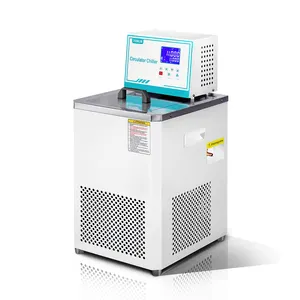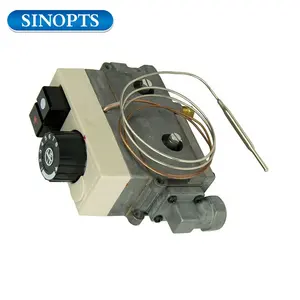Liquid Thermostat: An Overview
The liquid thermostat is a pivotal component in regulating temperatures across various environments and systems. It operates on the principle of liquid expansion, which is sensitive to temperature changes. This category encompasses devices that are integral to maintaining desired temperature levels in residential, commercial, and industrial settings.
Types and Applications
There are several types of thermostats that utilize liquid expansion to function. The liquid expansion thermostat is commonly employed in HVAC systems, refrigeration, and underfloor heating applications. Its versatility allows it to be used in diverse settings, from apartments and hotels to office buildings, ensuring optimal thermal comfort and energy efficiency.
Design and Features
Design-wise, liquid thermostats come with various features such as graphic design customization, total solutions for projects, and 3D model design. These features cater to the specific needs of different projects, whether it's for a compact living space or a sprawling commercial complex. The capillary thermostat liquid variant is particularly known for its precision in temperature control, owing to the capillary action that enhances its responsiveness to temperature changes.
Materials and Durability
The construction of a liquid thermostat involves robust materials that can withstand the rigors of constant temperature fluctuations. The choice of materials also influences the thermostat's longevity and reliability, ensuring that it functions effectively over a long period.
Advantages of Liquid Thermostats
One of the main advantages of using a liquid thermostat is its accuracy. The liquid within the thermostat expands and contracts with temperature changes, providing precise control. Additionally, these thermostats are known for their durability and can be a cost-effective solution for temperature regulation due to their low maintenance needs.
Choosing the Right Liquid Thermostat
Selecting the appropriate liquid thermostat involves considering the specific requirements of the environment it will be used in. Factors such as the range of temperature control, compatibility with existing systems, and the specific application it will serve are crucial in making an informed decision.










































 浙公网安备 33010002000092号
浙公网安备 33010002000092号 浙B2-20120091-4
浙B2-20120091-4